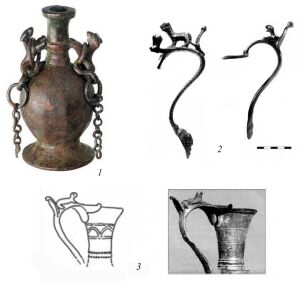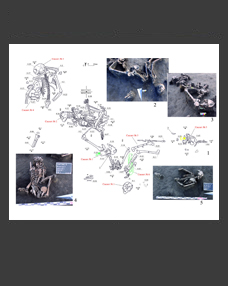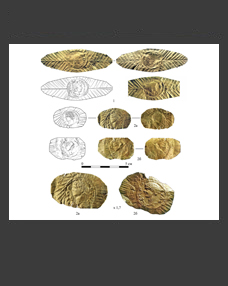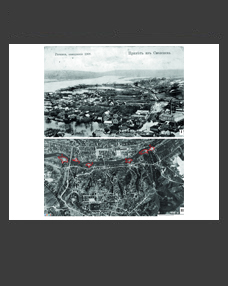 Leonid A. Belyaev a,#, Larisa A. Golofast a,##
Leonid A. Belyaev a,#, Larisa A. Golofast a,##
а Institute of Archaeology RAS, Moscow, Russia
#E-mail: labeliaev@bk.ru
##E-mail: larisa_golofast@mail.ru
Keywords: archaeology, Syro-Palestine, liturgical vessels, Byzantium, Russia in the Holy Land.
At the end of the 19th century, one of the Russian photographers took pictures of items collected on the site which Father Joasaph bought in 1883. Later, the area was transferred to the Imperial Orthodox Palestine Society. Now it houses the Museum and Park Complex that belongs to the Russian Federation. An analysis of ceramic objects in one of the photographs was published earlier. This article discusses the second picture, which contains objects made of bronze and iron. Their analysis made it possible to identify the liturgical function of a significant part of the objects: an incense burner on chains, high stands – candelabra for oil lamps (3 items) and one such lamp; a fragment of a libation vessel shaped as a dog. One item shown in the photo remained unattributed despite numerous consultations. In general, the composition of the finds supports the authors’ assessment of the site as belonging to a Christian community, possibly a monastery or a pilgrimage home.
DOI: 10.31857/S0869606323030066, EDN: UBHZHX







